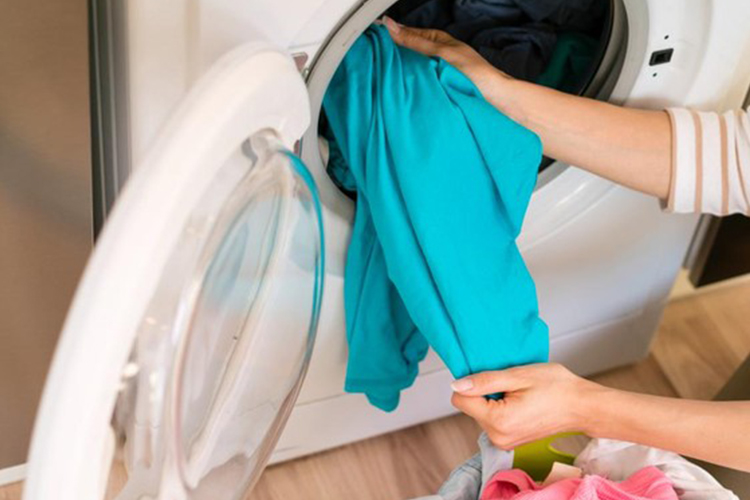Dealing with Cats who Move Their Kittens: Causes and Tips to Prevent It

As a cat owner, it can be both exciting and challenging to witness the arrival of newborn kittens. However, if you notice that the mother cat keeps moving her kittens to different locations, it can be frustrating and concerning. In this article, we will discuss the reasons why mother cats move their kittens and provide practical tips to prevent it.
Causes of a Mother Cat Moving Her Kittens
It is crucial to understand that mother cats have a natural instinct to protect their offspring from potential danger, even in a domesticated environment. Here are some of the reasons why mother cats move their kittens:
- Too Noisy or Bright Area: A noisy or bright environment can make the mother cat feel uneasy and uncomfortable, prompting her to move her kittens to a quieter and darker place.
- Sick Kitten: If one of the kittens is unwell, the mother cat may move the rest of her litter to a new location to prevent the spread of illness.
- Humans Watching: When there are too many humans around, it can make the mother cat feel threatened, leading her to relocate her kittens to a safer location.
- Feeling Threatened: Cats are territorial animals, and if the mother cat feels threatened by other pets or unfamiliar objects in her environment, she may move her kittens to a new location.
- Dirty Area: Cats are clean animals, and if the nesting area is dirty or has a foul odor, the mother cat may move her kittens to a cleaner location to prevent attracting predators.
Tips to Prevent a Mother Cat from Moving Her Kittens
1. Limit Handling of Newborn Kittens
While it is natural to want to cuddle and play with newborn kittens, excessive handling can be stressful for both the kittens and the mother cat. The scent of human hands can linger on the kittens’ bodies, which can cause the mother cat to feel threatened and move her kittens to a safer location.
Therefore, it is best to avoid handling kittens until they are four to eight weeks old when they are more robust and able to handle human interaction without causing the mother cat undue stress.
2. Create a Comfortable and Safe Nesting Area
Providing a comfortable, quiet, and secure nesting area is essential to ensure that the mother cat feels safe and comfortable. A large cardboard box with a soft blanket or cloth can create a cozy space for the mother cat and her kittens.
Place the nesting area in a quiet and dark location away from high-traffic areas, other pets, or young children. Ensure that the nesting area is free of drafts and kept at a warm temperature of around 80-85°F (27-29°C).
3. Monitor the Health of the Mother Cat and Kittens
Regular monitoring of the mother cat and her kittens’ health is crucial to detect any potential health problems early. If the mother cat starts moving her kittens frequently, it may be an indication of an underlying health issue.
Common health problems that can affect mother cats include mastitis or infection of the mammary glands, hypokalemia with muscle spasms and tremors, and metritis uteri. If you notice any signs of illness, such as lethargy, loss of appetite, or discharge, consult with a veterinarian immediately.
4. Keep the Nesting Area Clean
Cats are fastidious animals and prefer a clean and hygienic environment. Keeping the nesting area clean by changing the bedding regularly, cleaning up spilled food, and maintaining a clean litter box will help prevent the mother cat from moving her kittens.




